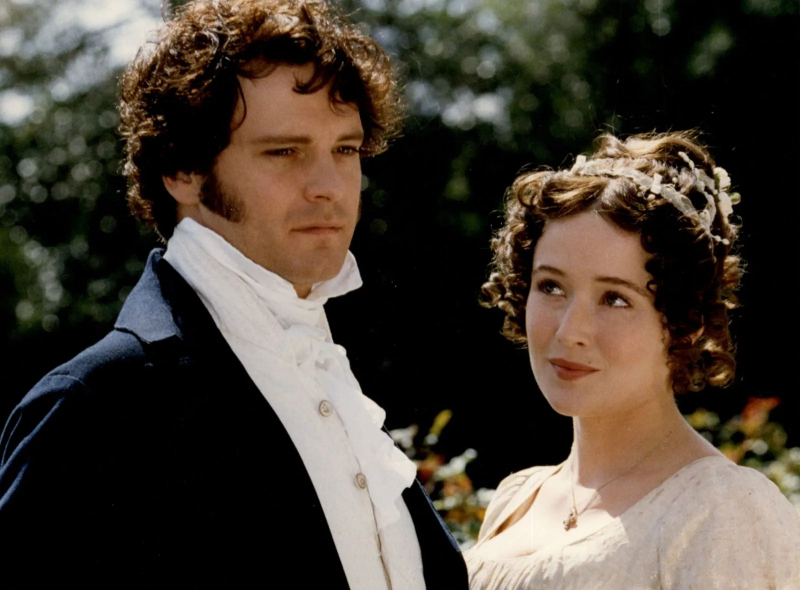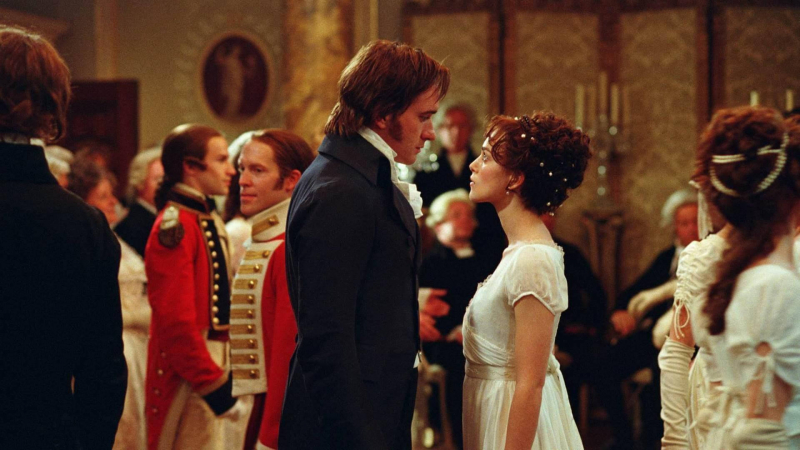Social Hierarchies and Prejudice in 'Pride and Prejudice’
Jane Austen's "Pride and Prejudice" novel intricately explores the themes of social hierarchies and prejudice in 19th-century England. This essay delves into how Austen uses her narrative to critique the rigid social structures and the prejudices they engender, focusing on class distinctions, marriage, and the characters' personal development.
At its core, "Pride and Prejudice" is a keen observation of the class system prevalent in early 19th-century British society. The novel highlights how social status and wealth significantly influence individual prospects, particularly in marriage. The Bennet sisters' experiences reflect the societal pressure to secure marriages that can ensure financial security and social advancement. Austen skillfully illustrates the absurdities and injustices of this system through characters like Mr. Collins, who represents the obsequiousness and mercenary attitudes fostered by such social structures.
Prejudice, as depicted in the novel, is closely tied to these social hierarchies. Characters like Elizabeth Bennet and Mr. Darcy are initially blinded by their prejudices. In particular, Elizabeth's against Darcy's high social standing and perceived arrogance, and Darcy's against Elizabeth's lower social rank. Austen uses their gradual realization and overcoming of these prejudices as a vehicle to critique the societal norms that foster such biases. Literary critic Mary Poovey emphasizes how Austen's portrayal of Elizabeth challenges the conventional social norms of her time. It represents a progressive view of women's role in society (Poovey, 1984).
Furthermore, Austen addresses the theme of prejudice not just in romantic contexts but also in broader social interactions. The novel showcases various forms of prejudice, from class-based snobbery to gender biases. The character development of Elizabeth and Darcy illustrates the possibility of overcoming such prejudices through personal growth and reflection.
In conclusion, "Pride and Prejudice" explores social hierarchies and prejudice in early 19th-century England. Austen's critique of these social structures and the biases they perpetuate is conveyed through her characters' experiences and development. The novel remains a significant literary work for its insightful commentary on the social dynamics of its time, which continues to resonate with modern audiences.
References
- Poovey, M. (1984). The Proper Lady and the Woman Writer: Ideology as Style in the Works of Mary Wollstonecraft, Mary Shelley, and Jane Austen. Chicago: University of Chicago Press.












